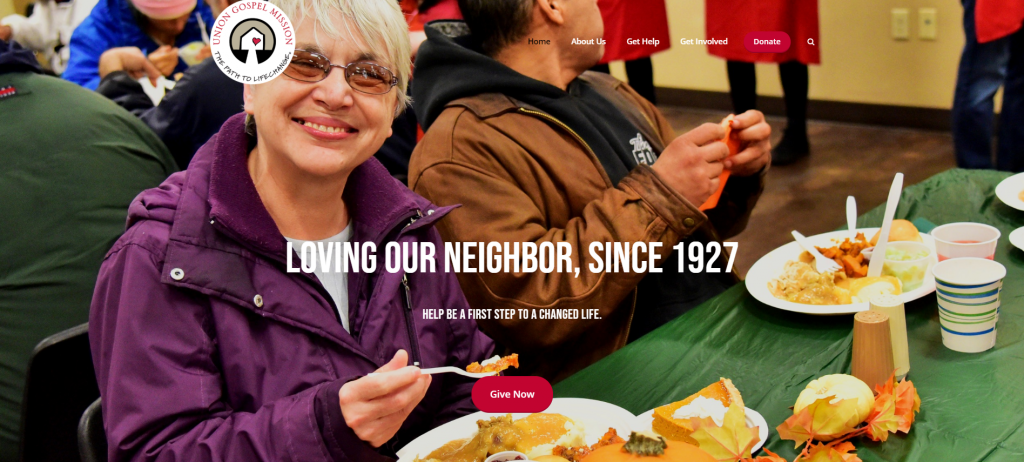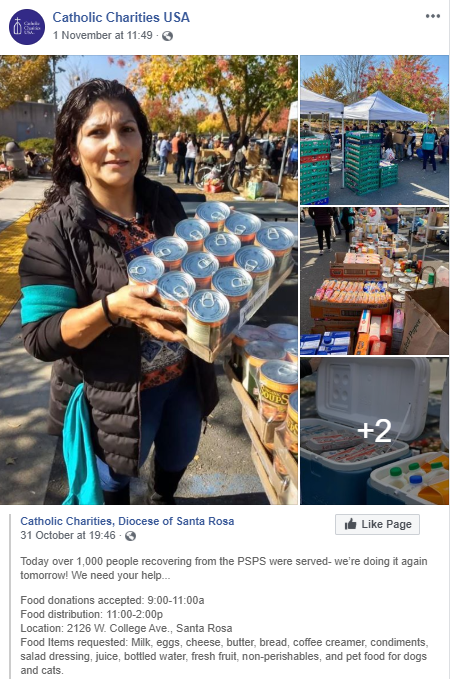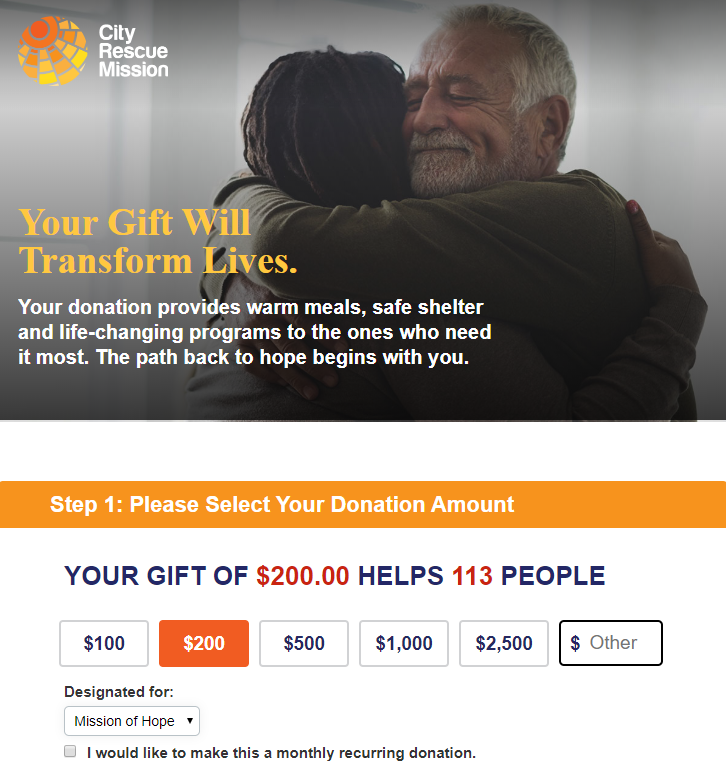Every year, donations to faith-based organizations account for the majority of philanthropic gifts. Lots of those donations are tithes or gifts to places of worship. Those gifts and tithes are a valuable source of income, but they can present a problem for faith-based organizations: when religious donors make a set, regular gift, inspiring them to donate to additional causes can be difficult.
What can you do to inspire donors to give outside their regularly scheduled gift?
We have some ideas! In our recent study with Campaign Monitor, we learned most donors to various causes are more likely to give outside their regular cadence if appeals include real stories about real people who will benefit from a gift.
So, if you want to inspire donors to give outside their regular giving pattern, you’ll need to tell them stories about real people and communicate how a gift can make an impact.
Here’s how!
First, Find Your Story
In our study, 61% of our respondents (there were more than 1,000 of them!) said the #1 thing that would inspire them to give outside their usual pattern was a story.
What stories can you share? If you don’t know where to start, look to:
- People who benefit from your programming
- Volunteers or “boots on the ground” staff who can share their experiences
- Board members or leadership figures
Telling a great story helps your fundraising by showing donors what their money can accomplish and how that impact affects real people. Instead of donating to a faceless organization, they envision themselves donating to individual people. That’s so much more compelling!

Then, Choose Your Images
Humans are visual creatures! Hearing a story about how a donation can impact peoples’ lives is powerful. Adding images to help us visualize who a donation will help is even more effective. Telling stories about the people your donors fed over the holiday season is a good step; showing them those people is even better.
To make the biggest impression on your donors, choose photos that:
- Include one person or a small group of people (they’re more effective than crowds!)
- Includes eye contact between the subject and the viewer
- Generate feelings of hope, happiness, or inspiration (as opposed to sadness, fear, or hopelessness)
When donors give regularly, it’s easy for them to “set it and forget it.” Inspiring them to give outside of their regular cadence is hard! But showing donors the real-life people their gifts will support can inspire them to get more involved.

Next, Communicate the Impact
Most donors are driven by the knowledge their gift will make a real difference in the world. Our study with Campaign Monitor showed that 60% of donors want to see that your organization has proven results with past gifts. If you want someone to give — especially if you want them to give outside their usual timing — show them they’ll make a difference!
Help donors envision exactly how the world will be a better place if they make a gift. Will fewer people be hungry? Will more people have a safe place to sleep? Will families be lifted up? Communicate those results! Donors are more likely to make a gift if they feel their gift will make the world a better place and that you will be a good steward of the money they give you.

Finally, Make Your Ask
You’ve expressed a need, you’ve told a story, you’ve connected donors to real people, and you’ve shown them the impact they can make by giving. Now all that’s left is to actually ask for the gift!
It’s tempting to assume that, at this point in the donor’s journey, they should know you want them to make a gift. But that’s not the case! One of the top reasons donors don’t give is simply because they’re not asked to give. Be sure to ask!
When you ask someone to donate, take time to include a few elements of your story in the appeal. Ask them to give, tell them who their gift will help, and communicate how their gift will make an impact. Reiterating these points in your appeal keeps donors connected to the stories and individuals they’ve seen so far.

Conclusion
If you’re a faith-based organization, many of your donors may already be giving to their places of worship (or even your organization itself!) on a regular basis. That habitual generosity is wonderful, but it can make asking for additional donations tricky. To inspire people to donate outside their usual cadence, share stories with them. Identify a powerful story, connect donors to the people their gift will support, show them their potential impact, and ask for help. Your donors want to change the world by helping people—inspire generosity by clearly communicating how they can make that happen!
Qgiv Can Help You Tell Your Stories
Including these elements on your donation form connects donors to your mission and makes them more likely to give. If you’d like to learn how your organization can use Qgiv’s forms, we’d love to talk to you! You can learn more about our platform here, or you can contact us online to request a one-on-one demo of our tools.


